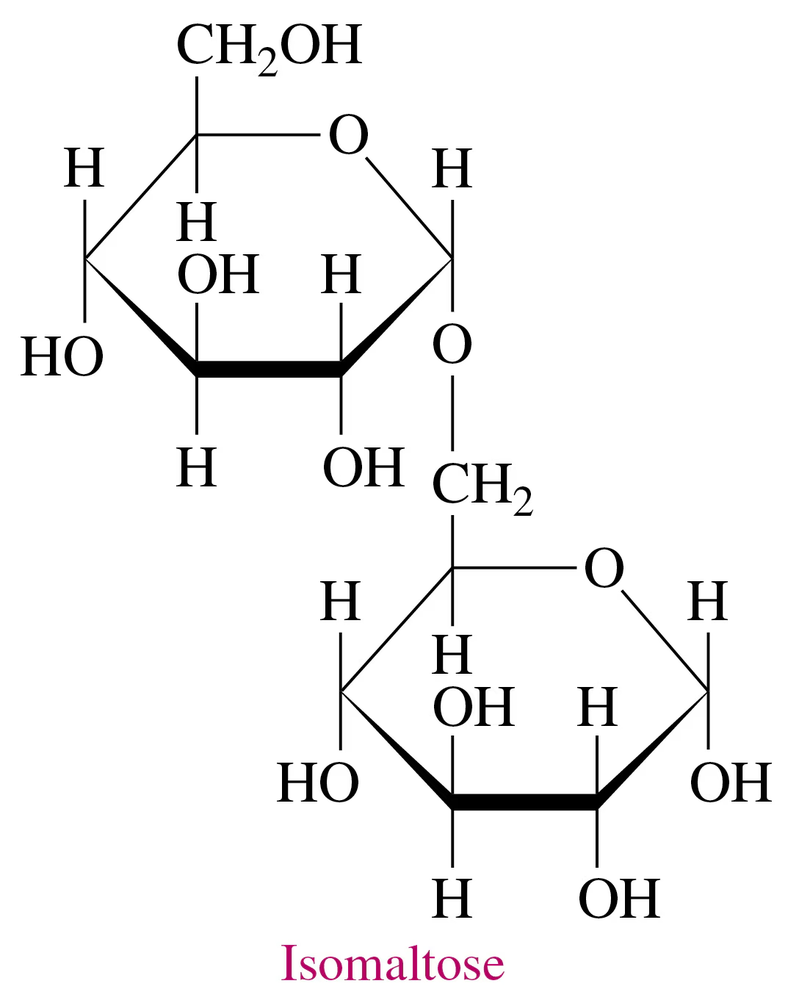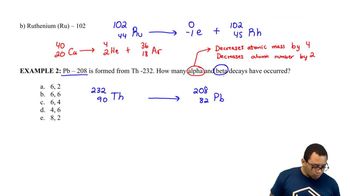Indicate whether each disaccharide in Problem 13.41 is a reducing sugar or not.
a.
b.

 Verified step by step guidance
Verified step by step guidance Verified video answer for a similar problem:
Verified video answer for a similar problem:


 3:39m
3:39mMaster Types of Disaccharides Concept 1 with a bite sized video explanation from Jules
Start learning